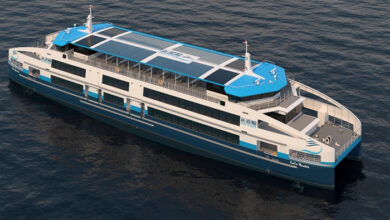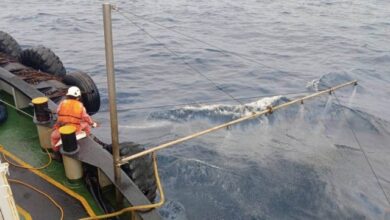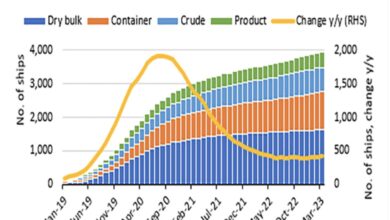ِABS : New Performance Standards for EPIRBs and VDRs

The IMO has adopted Resolutions MSC.471 (101) and MSC.494 (104) which introduce revised performance standards for float-free emergency positions indicating radio beacons (EPIRBs) and shipborne voyage data recorders (VDRs).
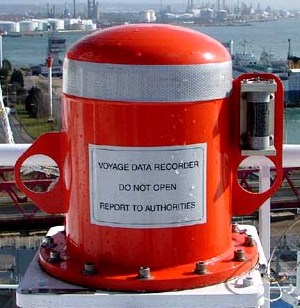
The revised performance standards are applied to the EPIRBs and VDRs installed on or after July 1, 2022. This Regulatory News update summarizes the new requirements and provides information on the relevant deadlines. Click the link below to read our latest Regulatory News on this topic.
On the other hand Passenger ships and ships other than passenger ships of 3000 gross tonnages and upwards constructed on or after 1 July 2002 must carry voyage data recorders (VDRs) to assist in accident investigations, under regulations adopted in 2000, which entered into force on 1 July 2002.
The mandatory regulations are contained in chapter V on Safety of Navigation of the International Convention for the Safety of Life at Sea, 1974 (SOLAS).
Like the black boxes carried on aircraft, VDRs enable accident investigators to review procedures and instructions in the moments before an incident and help to identify the cause of an accident.
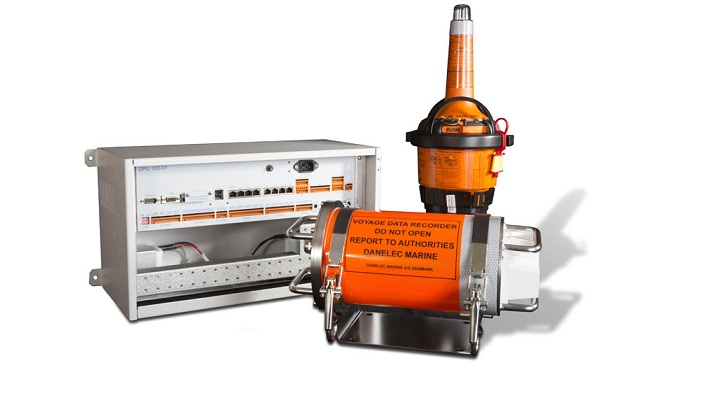
VDR requirements
Under regulation 20 of SOLAS chapter V on Voyage data recorders (VDR), the following ships are required to carry VDRs:
· passenger ships constructed on or after 1 July 2002;
· ro-ro passenger ships constructed before 1 July 2002 not later than the first survey on or after 1 July 2002;
· passenger ships other than ro-ro passenger ships constructed before 1 July 2002 not later than 1 January 2004; and
· ships, other than passenger ships, of 3,000 gross tonnages and upwards constructed on or after 1 July 2002.
VDRs are required to meet performance standards “not inferior to those adopted by the Organization”.
Performance standards for VDRs were adopted in 1997 and give details on data to be recorded and VDR specifications. They state that the VDR should continuously maintain sequential records of preselected data items relating to the status and output of the ship’s equipment and command (EPIRBs).
The VDR should be installed in a protective capsule that is brightly colored and fitted with an appropriate device to aid location. It should be entirely automatic in normal operation.
Administrations may exempt ships, other than ro-ro passenger ships, constructed before 1 July 2002, from being fitted with a VDR where it can be demonstrated that interfacing a VDR with the existing equipment on the ship is unreasonable and impracticable.
Simplified VDRs
The MSC at its 79th session in December 2004 adopted amendments to regulation 20 of SOLAS chapter V (Safety of Navigation) on a phased-in carriage requirement for a shipborne simplified voyage data recorder (S-VDR). The amendment entered into force on 1 July 2006.
The regulation requires a VDR, which may be an S-VDR, to be fitted on existing cargo ships of 3,000 gross tonnages and upwards, phasing in the requirement for cargo ships of 20,000 gross tonnages and upwards first, to be followed by cargo ships of 3,000 gross tonnages and upwards.
The S-VDR is not required to store the same level of detailed data as a standard VDR, but nonetheless should maintain a store, in a secure and retrievable form, of information concerning the position, movement, physical status, command and control of a vessel over the period leading up to and following an incident.
The phase-in is as follows:
To assist in casualty investigations, cargo ships, when engaged on international voyages, shall be fitted with a VDR which may be a simplified voyage data recorder (S VDR) as follows:
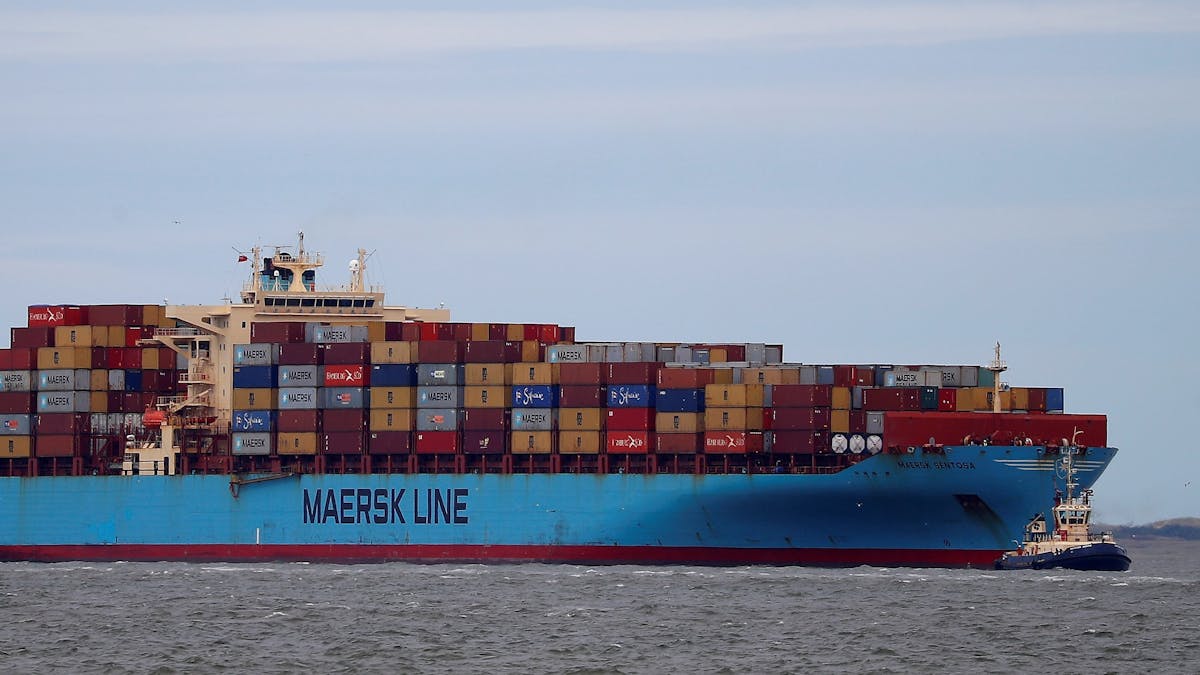
- in the case of cargo ships of 20,000 gross tonnages and upwards constructed before 1 July 2002, at the first scheduled dry-docking after 1 July 2006 but not later than 1 July 2009;
- in the case of cargo ships of 3,000 gross tonnages and upwards but less than 20,000 gross tonnages constructed before 1 July 2002, at the first scheduled dry-docking after 1 July 2007 but not later than 1 July 2010; and
- Administrations may exempt cargo ships from the application of the requirements when such ships will be taken permanently out of service within two years after the implementation date specified above.









